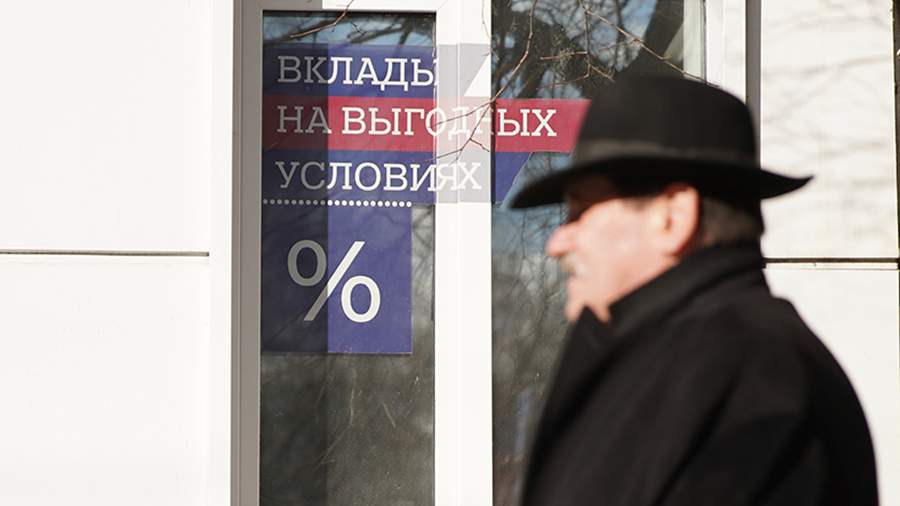Financiers interviewed by Izvestia said that, despite the increase in the average maximum rate on ruble deposits to 7.74%, keeping funds in a bank deposit can now be considered the maximum in order to save them from rising inflation.
Anna Bodrova, senior analyst at the Alpari information and analytical center, noted that the average rate of 7.74% with annual inflation of 8.6% does not look like some kind of “sensational offer and is clearly not an attractive way to keep money.” According to her, they are still little by little, but depreciate.
The analyst said that there are commercial banks that give a more interesting rate, but the higher it is, the greater the risks, and this is worth remembering.
“In general, keeping money on a bank deposit is precisely storage, and not a promising investment mechanism,” she stressed.
Financial analyst, trader Artem Zvezdin, called the pros and cons of deposits in rubles. Among the positive aspects – an increased interest rate, no losses on currency conversion, a variety of deposits, mandatory deposit insurance in case of bank failure. Among the negative ones are high inflation and a long-term weakening of the Russian national currency.
“For this reason, when answering the question of benefits, one should, of course, consider the product that the bank offers,” the trader believes.
He noted that “ideal and universal” advice does not exist and it all depends on how much a person is ready to “freeze” his money and how much he is risk tolerant.
Despite this, now, according to him, it is more profitable to keep savings in rubles on deposits than in foreign currency, provided that the depositor lives in Russia and does not plan to go abroad in the coming years, because the ruble depreciates in the long term.
The analyst suggested that it is worth considering buying bonds with which it will be possible to cover inflation. There are even bonds, the face value of which increases every year by the inflation rate, these are federal loan bonds with a face value indexed depending on the inflation rate (OFZ-IN). The difference between a bank deposit and OFZ-IN yield is not that big, but if large sums are invested long-term, it will be significant, Zvezdin said.
The financier recalled the need to create a diversified portfolio – for example, the proportions of 70% – the US dollar and 30% – the Russian ruble. This will make it possible to have a more or less stable foreign exchange position, he concluded.
According to the data of the Bank of Russia, published on January 13, the average maximum rate on ruble deposits in the ten largest Russian banks increased by the end of 2021 to 7.74%. This was a record since the beginning of May 2017. Then the rate was 7.92%.
The monitoring took into account the data of Sberbank, VTB, Gazprombank, Alfa-Bank, Rosselkhozbank, FC Otkritie Bank, Raiffeisenbank, Tinkoff Bank, MCB and Sovcombank.
At the end of November, Izvestia wrote that the average maximum rate on deposits of individuals in Russian banks had updated its maximum for two years, amounting to 7.16% in the second decade of the month. It was noted that deposits are still not a very profitable investment in terms of inflation, which at the moment exceeded 8% on an annualized basis. Experts said that rates would continue to rise, which would bring back the disposition of citizens towards bank deposits that had shaken in the last couple of years.
Source: IZ
Jane Stock is a technology author, who has written for 24 Hours World. She writes about the latest in technology news and trends, and is always on the lookout for new and innovative ways to improve his audience’s experience.




